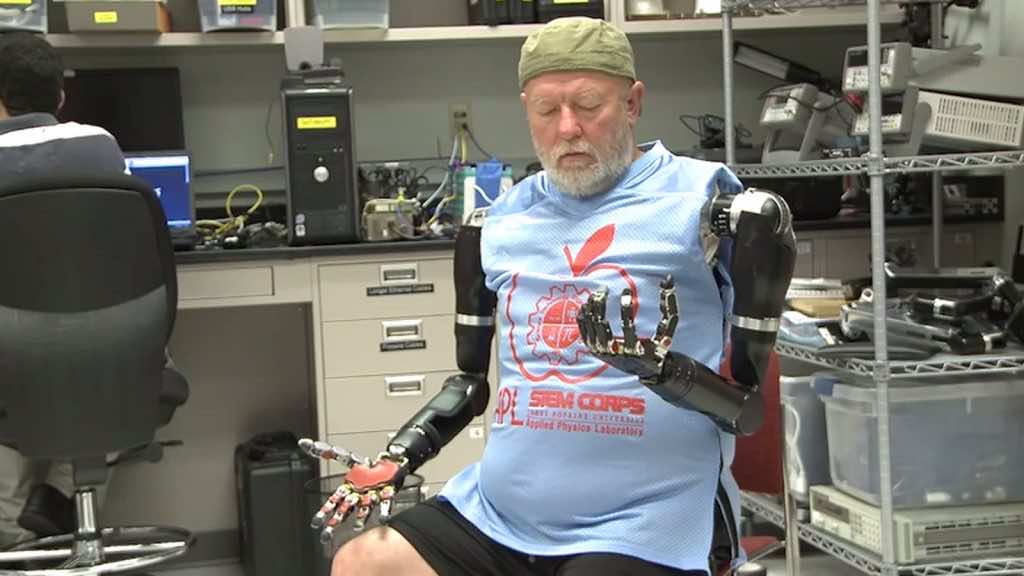We have already witnessed the robotic automation where an artificial arm or hand of a person can be controlled by the chest, shoulders, or limbs but this time, researchers at the University of Minnesota devised a mind-boggling and eye-opening robotics mechanization. They have built up a small device that would be embedded in the person’s peripheral nerve in the arm through which he has to just think of moving an arm and it’s done. It is important to note that this device will be connected to the artificial intelligence computer as well, thus reading one’s mind effectively.
This breakthrough technological innovation has a lot of additional benefits, especially for people suffering from neurological problems who cannot control their body movements. Through this technique, they can easily move their arms and perform the required actions. An associate professor of biomedical engineering at the University of Minnesota, Zhi Yang said, “Artificial intelligence has the tremendous capability to help explain a lot of relationships. This technology allows us to record human data, and nerve data, accurately. With that kind of nerve data, the AI system can fill in the gaps and determine what’s going on. That’s a really big thing, to be able to combine this new chip technology with AI. It can help answer a lot of questions we couldn’t answer before.”
The inclusion of machine learning in this embedded system makes it efficient and state-of-the-art automation as compared to the previous developments in robotics in this aspect. Artificial intelligence deployed in this project would enable the entire system to read through a person’s mind and direct these thoughts to the robotic arm, following the movements accordingly.
A post-doctoral researcher at this university, Jules Anh Tuan Nguyen, said, “It’s a lot more intuitive than any commercial system out there. With other commercial prosthetic systems, when amputees want to move a finger, they don’t think about moving a finger. They’re trying to activate the muscles in their arm since that’s what the system reads. Our technology knows the patient’s intention. If they want to move a finger, all they have to do is think about moving that finger.”
Researchers at the University of Minnesota are optimistic that the influx of this technology would not only limit the use of medicines for neurological patients but would also free them from any muscle pain caused by forceful movements of their arm joints. Furthermore, it would encourage the commercial use of a lot of novel techniques related to this in the future and would explore the true potential.

